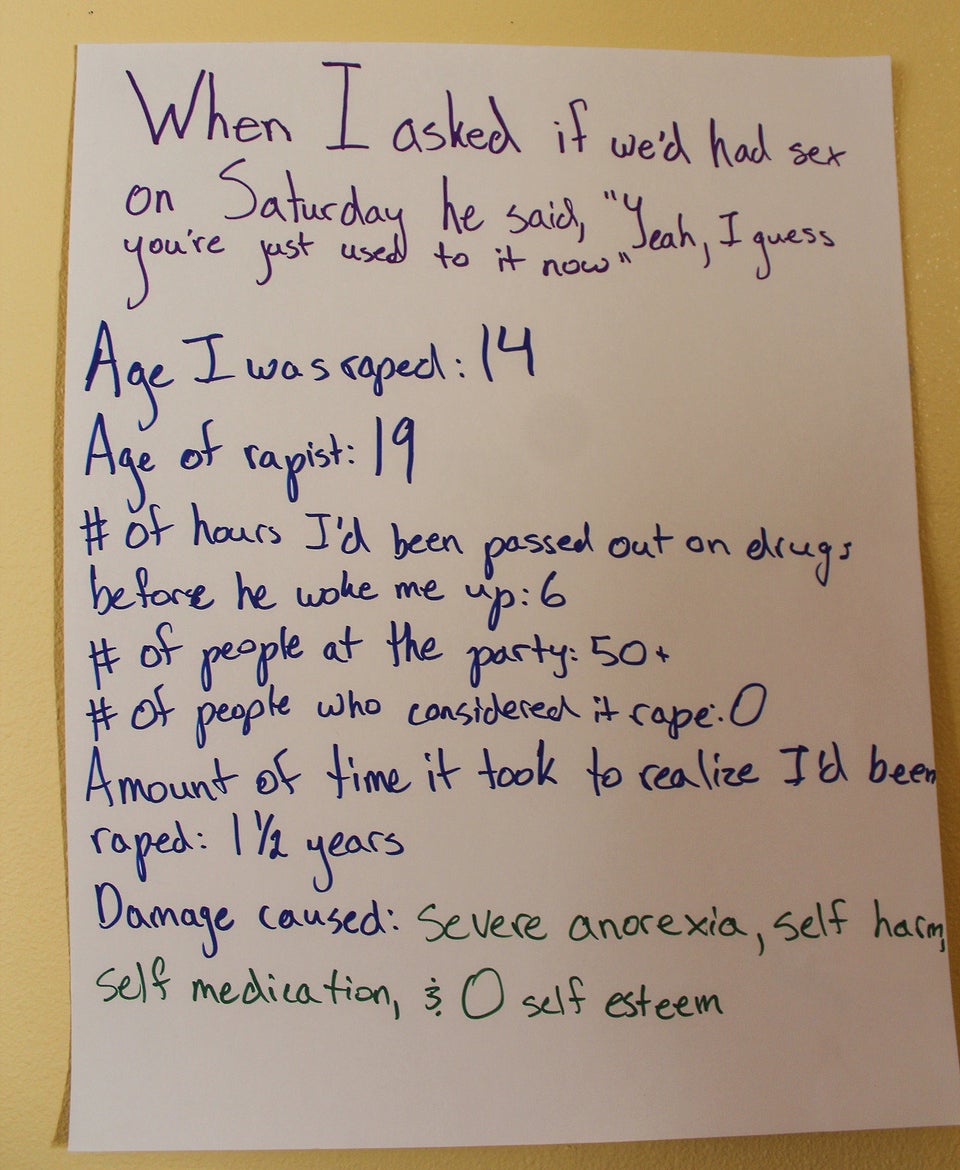If your teen was at a party and saw someone making sexual advances toward a student who was drunk, would she intervene?
What if someone made a rape joke in class? Or, if a sexually explicit photo of a classmate went viral on social media?
What would your teen do? What should he do?
These questions are at the heart of what's known as bystander intervention, a violence prevention strategy that's come into discussion as universities and the federal government work to address growing concerns about sexual violence on college campuses and how institutions deal with assault allegations.
Addressing bystander intervention at colleges is important, but sexual violence prevention experts say sexual violence is a community issue and families should discuss bystander intervention before teens head to school.
[Ask these 10 questions about campus safety.]
So what exactly is bystander intervention?
Simply put, it's when someone interrupts a potentially harmful situation. That includes stopping actions or comments that promote sexual violence, experts say.
For teens, that could mean making sure that the drunken student at the party gets home safely. But intervening is about more than just reacting in the moment to a potentially violent situation. Experts say it’s about challenging and changing the cultural norms that make sexual violence acceptable.
"It is common for people to witness situations where someone makes an inappropriate sexual comment or innuendo, tells a rape joke, or touches someone in a sexual manner. Bystanders who witness these behaviors can intervene in a way that will help create a safer environment," Tracy Cox, spokeswoman for the National Sexual Violence Resource Center, wrote in an email.
In other words, when a teen hears a rape joke and steps up to explain why it’s inappropriate, posts a link to a safety PSA on Twitter or defends a student who is being sexually exploited and humiliated online, they’re working to change the social norms.
Stepping up to help someone in need sounds noble, but the reality is that we all have barriers that can prevent us from intervening, says Dorothy Edwards, executive director of Green Dot, etc., which develops and offers training for sexual assault and domestic violence prevention.
Teens may fear for their own safety, struggle with peer pressure or worry about being embarrassed.
That’s why it’s important for parents to have open conversations with their kids about these barriers and give them realistic solutions for getting involved, Edwards says.
The organization teaches students to intervene by being direct, delegating the responsibility to others or creating a distraction to defuse a potentially dangerous situation so students feel comfortable stepping up.
In the party example, that could mean that instead of calling out the potential attacker, the bystander calls the inebriated student's friends to intervene or creates a diversion to dissolve the situation, like "accidentally" spilling a drink on the potential aggressor or asking about a homework assignment.
"It doesn’t have to be this politically correct, 'Hey man, real men don’t get girls drunk,'" Edwards says.
When students feel like they have a variety of options, they’re more likely to get creative and find ways to intervene, Edwards says. "Once we acknowledge the barriers and assure them that they don’t have to get over them and give them realistic options, suddenly kids are stepping up in incredible ways."
Teens aren’t the only ones with mental blocks. Conversations about sexual violence can be uncomfortable for parents, but there are ways to limit the discomfort.
[Learn how to research and discuss sexual violence on college campuses.]
Parents can use pop culture to bring up the issue with teens. Televisions shows geared toward teens and adults are a good lead-in to a conversation about bystander intervention, since most of those shows depict some sort of dating violence, says Kait Scalisi, a sex educator who works with colleges and health care organizations to promote sex-positive approaches to violence prevention.
"Music is also a really great tool for parents who are really nervous about having this conversation," she says.
Parents can use lyrics from songs that come on the radio to ask their children questions about how women and men should be treated, she says. Scalisi encourages anxious parents to have the conversation in an informal setting like during a car ride, which can make it less awkward for parents and teens.
"It feels less heavy and risky and threatening than Mom sitting her teen or child down and saying, 'Let’s talk about this,'" she says.
Parents can find more resources on topic starters and safety tips from organizations like the National Sexual Violence Resource Center, No More and the White House’s recently launched It’s On Us campaign. Colleges can also be a good resource as more schools are stepping up their programs as a result of the recent media attention surrounding how schools handle sexual assault allegations, experts say.
[Read more about the "It's On Us" sexual assault awareness campaign.]
But ending sexual violence starts at home. Discussing bystander intervention as a family can help teens develop the values that will encourage them to step up and create a culture that stands against violence, experts say.
"If we’re living in communities and we don’t take a stand and we don’t intervene in a way that is safe and comfortable for us, we’re essentially saying that 'This is OK, I’m allowing this to continue.'" Scalisi says. "That’s not to say that everybody is responsible for this. But it is to say that we all can play a role in ending it."
Searching for a college? Get our complete rankings of Best Colleges.
This article comes to us courtesy of U.S. News & World Report, where it was originally published.
